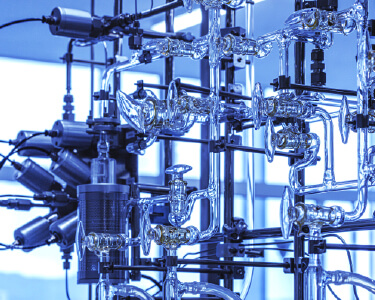Japanese text: https://www.shinshu-u.ac.jp/topics/2025/06/post-632.html
Development of Graphene-Valved Carbon That Can Store Large Amounts of Methane at Normal Pressure: Paving the Way for the Manufacture of Lightweight Natural Gas Cartridges
Natural gas, primarily composed of methane, is imported into Japan in liquid form at -162°C via LNG tankers and is used for both industrial purposes and daily life. As methane is the second-cleanest energy source after hydrogen, its demand is increasing, creating a strong need for the development of safe and efficient storage and transport technologies. The world is also moving toward synthesizing methane from carbon dioxide and hydrogen, which requires an energy-efficient, simple, and easy-to-handle method for storing and transporting methane. However, current storage and transport methods for methane are not fully conducive to achieving carbon neutrality. To address this challenge, significant research is being conducted on Adsorption Natural Gas (ANG) methods, which utilize the attractive forces of nanoscale pores in solids to store methane at high density. Despite this progress, ANG methods still face many challenges.
A research group led by Special Contract Professor Katsumi Kaneko, Dr. Shuben Wang, and Professor Hideki Tanaka of the Institute for Aqua Regeneration at Shinshu University, along with researchers from Nagasaki University, Chiba University, the University of Alicante, and Morgan Advanced Materials, has proposed a groundbreaking solution to the challenges of the ANG method.
Their method involves covering the entrances of a carbon's numerous nanoscale pores with a layered structure called graphene to seal high-density methane within the pores. When the temperature of the graphene is raised, it begins to move intensely, preventing it from sealing the pores. This property of graphene is used to trap high-density methane within the carbon's pore spaces and release the trapped methane. By changing the temperature, the graphene covering the carbon can open and close the pore spaces. For this reason, the coated graphene is named a graphene valve.
Using this graphene valve, it's possible to store high-pressure, or high-density, methane within the carbon's pores at atmospheric pressure. To use the stored gas, the temperature is simply raised to 200°C, which releases the methane.
Figure 1 shows a model of a lightweight, small carbon that functions as a high-pressure cylinder. Because these tiny carbon particles can hold high-density methane, this technology can be developed into an energy- and space-saving storage and transport method that is impossible with conventional high-pressure cylinders.



